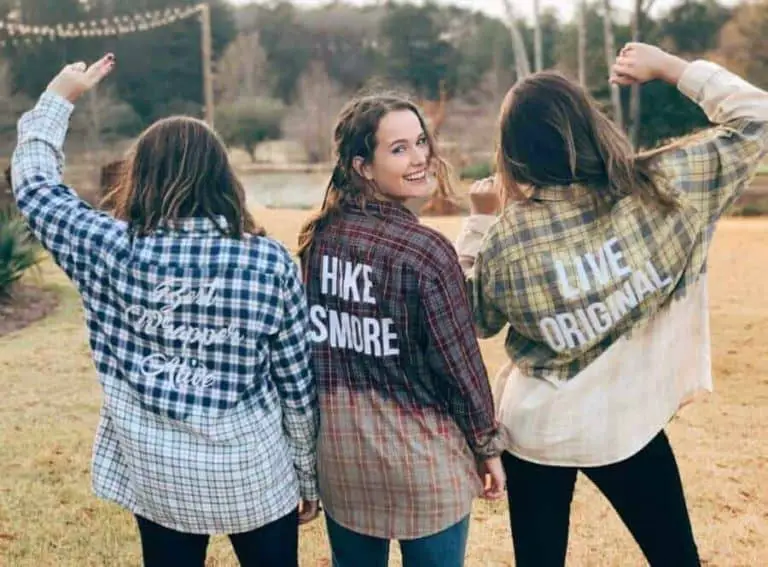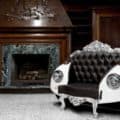Boring old end tables transformed into a child’s play kitchen. Scraps of fabric made into beautiful new jewelry. An old blender turned into a lamp. A worn-out wardrobe basic elevated to a covetable fashion statement. It’s all upcycling. And it’s really cool.
Upcycling is taking discarded items and not just reusing them, but transforming them into something more valuable. The practice is virtually an art form—and it’s a big part of flea markets. Whether people go to flea markets to find “trash” to be turned into treasure or to sell the treasures they’ve created, upcycling helps sustain the junking tradition.
Flea Style is a Texas-based company that hosts four curated markets each year in Dallas and Houston. The indoor markets draw hundreds of vendors and thousands of shoppers looking for unique goods ranging from vintage clothing and furniture to handmade jewelry and art. “Many of our vendors have built their businesses on the practice of upcycling,” says Brittany Cobb, who founded Flea Style in 2009. “Last year, we launched our own lifestyle collection, which includes fashion and home goods, like our Gypset wraps and tassel earrings, using upcycled fabrics and notions. We’re big believers,” she says.
One Flea Style vendor, a small company called My Other Half, is owner-designer Meagan Rogers’s passion project benefiting homeless pets. “I take unwanted clothing to help unwanted animals find forever homes,” she says. “I rework vintage flannels, denim jackets, and Hawaiian shirts using dyes and bleach, and print fun sayings and designs on the backs. For every shirt we sell, we donate 10 percent to area animal sanctuaries and shelters.”
GAIA is another company that uses fabrics that might otherwise be destined for a landfill. The brand employees refugee women resettled in the United States and pays them a living wage to make modern fashion accessories—handbags, jewelry, pillows, and more—using vintage and scrap materials.
This is important for a couple of reasons, says founder Paula Minnis. “At GAIA, we are very focused on living lightly on the Earth and reducing our footprint as much as possible. GAIA means ‘Mother Earth’ after all! Not only does this benefit the environment by eliminating waste, but it also allows us to put the majority of our costs into labor, as opposed to materials. In other words, we’re investing more money in the people who make our product, which is what we’re all about!”
Tim and Karla King both have day jobs in construction, but when they are not working they create sculptures from discarded junk and garage sale fodder for their side project, King’s Whimsy. A robot fashioned from old toys, garage tools, and kitchen tins was the couple’s first creation. Their menagerie has grown to include dogs, cats, elephants, golfers, and even a gardener. “Each one has its own personality, and every robot has made its new owner smile and appreciates the history of its intricate parts,” Karla says. They sell their robots, along with other home goods they make from upcycled bits and bobs at Flea Style shows and other markets around Dallas-Fort Worth.
The pieces produced by Jenny Grumbles Koziol of Uptown Country Home are larger in scale but no less unique. She refurbishes cast-off furniture destined for the curb, not only giving it a second life but turning it into one-of-a-kind decor. “Upcycling is advantageous because once the magic has been worked on an old, broken, or outdated piece, it becomes a special work of art,” she says.
We couldn’t agree more.



